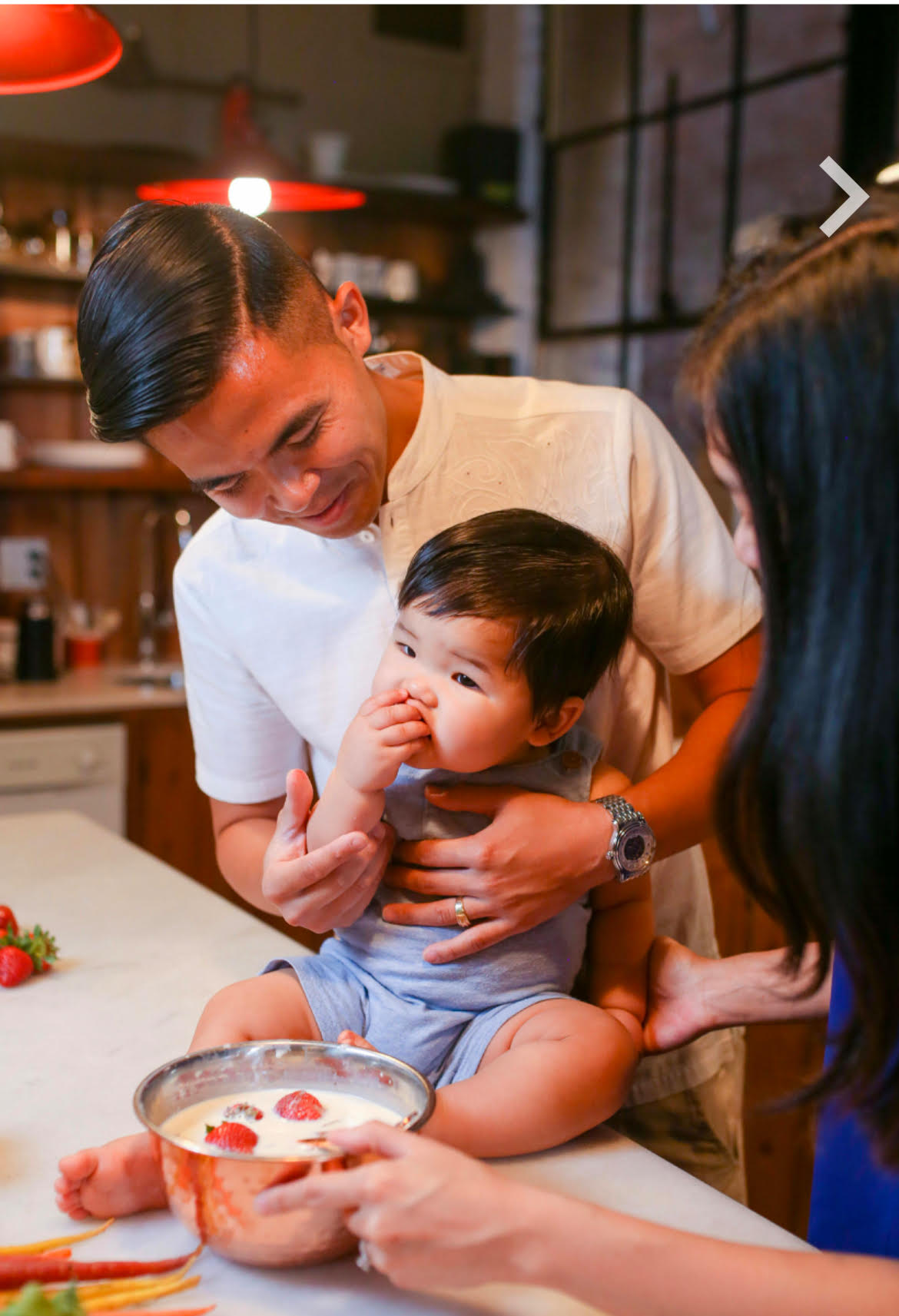Ligaya Mishan (@ligayamishan), left, celebrates her appointment as co–chief restaurant critic of The New York Times alongside Tejal Rao. “Hello, we’re the new chief restaurant critics at The New York Times, ready to explore not just NYC but the entire country,” she wrote on Instagram. “So excited to roam the nation with the brilliant @tejalxrao — let us know which restaurants you think deserve some love. We ride tonight.”(Photo via Instagram/@ligayamishan)
The rise of Ligaya Mishan, a Filipina American essayist and longtime New York Times columnist, marks a major milestone in culturally rooted food journalism.
NEW YORK — Ligaya Mishan, the daughter of a Filipino mother and British father, has reached one of the most prestigious posts in American food media. On June 11, 2025, The New York Times named Mishan as one of its co-chief restaurant critics, alongside longtime critic Tejal Rao. The historic appointment reflects the Times’ effort to expand its nationally starred restaurant coverage and bring greater diversity and cultural insight to the critic’s desk.
For the Filipina American writer, the role is more than a professional milestone. It is a recognition of her distinctive voice—one that has consistently centered immigrant stories, labor, and identity in the food world.
A Distinctive Voice Rooted in Heritage
Born and raised in Honolulu, Hawai‘i, Mishan draws from a multicultural upbringing that blended British, Filipino, and local Hawaiian influences. She has long credited her heritage and early food memories as a foundation for how she writes about cuisine—not only as sustenance or pleasure, but as a complex reflection of family, migration, and class.
From 2012 to 2020, Mishan wrote the Hungry City column at The New York Times, where she profiled under-the-radar eateries—often immigrant-run—with sensitivity and depth. In contrast to traditional fine-dining reviews, Hungry Cityoffered portraits of small businesses and the communities that sustain them. Whether visiting Sri Lankan cafes in Staten Island or Mexican tortillerias in the Bronx, Mishan made visible the lives behind the food.
A Critic Who Writes Beyond Taste
Over time, Mishan’s writing evolved beyond restaurant reviews. Her essays—featured in The New York Times Magazine, The New Yorker, and The New York Review of Books—delve into the intersections of food with colonial history, cultural appropriation, climate change, and the politics of taste. Her narratives often explore who cooks, who consumes, and what power dynamics exist between the two.
In 2021, she co-authored Filipinx: Heritage Recipes from the Diaspora with chef Angela Dimayuga. The book offers not only recipes but a meditation on Filipino American identity, migration, and home. Together, the authors used food as a lens to explore the multiplicity of the Filipino experience across generations and geographies.
Recognition, Mentorship, and Return to Roots
Mishan’s work has earned her national recognition. She has been a finalist for the James Beard Foundation Awards and received nominations from the National Magazine Awards and the IACP. Her writing has also been featured in Best American anthologies.
Beyond accolades, Mishan has mentored emerging writers, particularly through organizations like Kundiman, where she has served as guest faculty for food-writing workshops. There, she has encouraged young writers of color to tell their own food stories with nuance and integrity.
In early 2024, she returned to her alma mater, Punahou School in Hawai‘i, as Writer-in-Residence. Her public talk, “Sense of Plate,” emphasized the importance of food as a vehicle for cultural memory and environmental awareness. She also offered practical advice to students, urging them to “read your work aloud—writing should never be boring,” and reminding them that digital shortcuts cannot replace human voice.
A Seat at the Table for Diverse Voices in Food Journalism
With her appointment as co-chief restaurant critic at The New York Times, Ligaya Mishan joins a vanguard of critics reshaping how food is understood, represented, and valued in mainstream media. Her rise marks not just personal achievement, but a broader cultural shift—one where immigrant stories, diasporic traditions, and underrepresented cuisines are no longer confined to the margins of food writing.
For Filipino Americans and the wider Asian American community, Mishan’s appointment is a powerful reminder that food writing can be more than descriptive—it can be narrative, investigative, and deeply human. Her voice brings complexity to the critic’s desk and affirms that who tells the story matters just as much as what’s on the plate.







